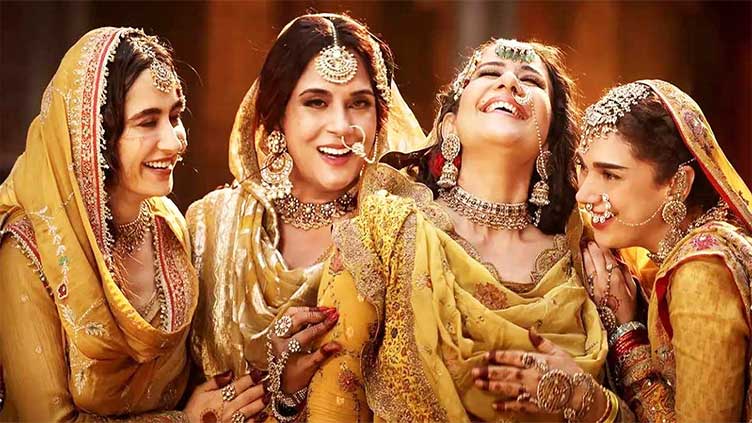Sanjay Leela addresses Heeramandi's historical errors

Entertainment
Criticism was prominently towards the authenticity of its portrayal
(Web Desk) - Sanjay Leela Bhansali has addressed the criticism surrounding the historical inaccuracies in his latest project Heeramandi.
This Netflix series marked the acclaimed director’s debut on OTT platforms and has elicited a mixed response from audiences and critics alike.
Criticism was prominently towards the authenticity of its portrayal of the pre-independence era spanning 1920s to 1940s.
Speaking to Baradwaj Rangan, Bhansali acknowledged the concerns but stood by his creative choices.
He explained that his style of filmmaking is inherently “unsubtle, indelicate, and larger-than-life”.
Bhansali emphasised that his focus is on crafting an emotionally compelling and visually grand narrative, rather than adhering strictly to historical accuracy.
He elaborated: “In my mind, it was the most romantic place to be in. I come from that world.
“I’ve always watched films with pimps and prostitutes around in the theatres.
“My cinema will always have that dramatic touch and that larger-than-life approach, which is not subtle, which is not delicate, but it is heartfelt.
“It’ll have a dignity of it being told on the screen because I work on the visual of it.
“It has to be worthy of being there because I’m reliving a certain moment of my life, of this life, maybe past life.
“I am responsible for giving my audience an experience, and I will give them the fullest of mine.
“I’m not here to make money, I’m here to make a film. I’m here to make an experience for you.”
Sanjay Leela Bhansali also discussed the recurring presence of sex workers in his projects.
He said: “I feel they are women who have a lot of enigma, a lot of mystery.
“The courtesan, or the tawaif, or the prostitute… they are different.
“But they always exude a certain kind of power which I find very interesting to look at… I found that very fascinating, that these women are very interesting.
“Where they sing, they dance. Where they express themselves; their joy and their grief in music and dance.
“They understand the art of living, the importance of architecture, the use of fabric, and the kind of jewellery they wear. They are connoisseurs of art.
“Who are we? We are artists. Whatever you might call them, I still need them.
“When I used to go to school, I was fascinated by those faces. Those four middle-class women in the ration line do not interest me.”


